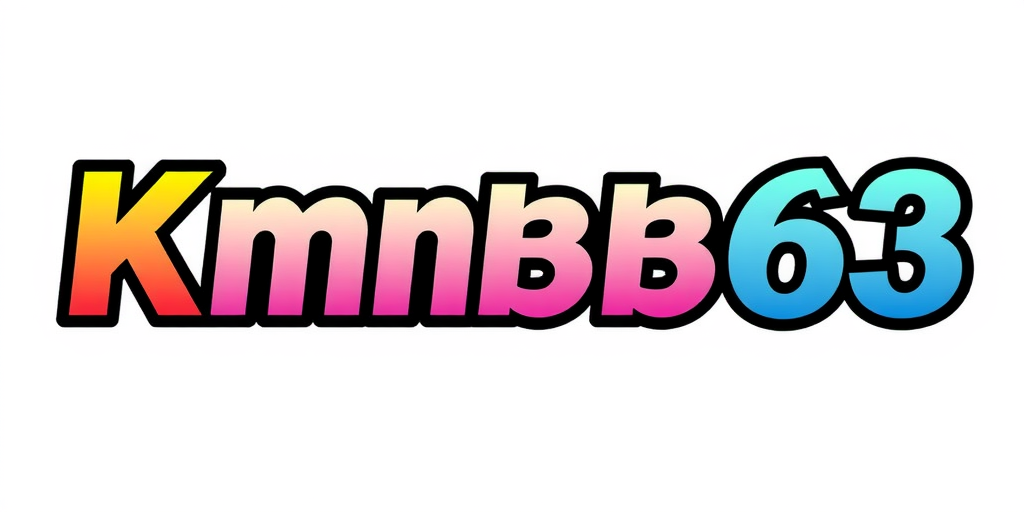


Recent Articles
President Macron and His Wife to Submit Expert Evidence in American Court About Brigitte Macron's Birth Sex
News • April Powell • Sep 18While Young Men Move Right, the Emergence of the 'Relaxed Female' Phenomenon Becomes Visible
News • April Powell • Sep 18Today's Top Highlights
Discover the latest stories and insights from our community
 News
News
Trump v the Truth Overview: No Other Network Would Attempt TV So Audacious (while also) Exhausting
 By April Powell
•
18 Sep 2025
By April Powell
•
18 Sep 2025
 News
News
Three Individuals Detained in Essex on Allegations of Supporting Foreign Espionage
 By April Powell
•
18 Sep 2025
By April Powell
•
18 Sep 2025
 News
News
The former president’s Case Against the Major Newspaper is Frivolous—However Creates a Significant Danger to Media Independence
 By April Powell
•
18 Sep 2025
By April Powell
•
18 Sep 2025
 News
News
Novo Nordisk Shares Soar on Encouraging Anti-Obesity Pill Data
 By April Powell
•
18 Sep 2025
By April Powell
•
18 Sep 2025
 News
News
The Red Roses' Kildunne and Hannah Botterman Fit to Take On France in Semi-final
 By April Powell
•
18 Sep 2025
By April Powell
•
18 Sep 2025
 News
News
First Migrant Returned to France Under Fresh Reciprocal Policy
 By April Powell
•
18 Sep 2025
By April Powell
•
18 Sep 2025
 News
News
Chicago's WNBA Team Mismanagement of Their Star Player Controversy
 By April Powell
•
18 Sep 2025
By April Powell
•
18 Sep 2025
 News
News
I have Seen Terrible Events at Football Matches – Yet The Thing That Fell on the Field Recently Was the Worst
 By April Powell
•
18 Sep 2025
By April Powell
•
18 Sep 2025
 News
News
Three Individuals Arrested in Britain on Allegations of Espionage for the Russian Federation
 By April Powell
•
18 Sep 2025
By April Powell
•
18 Sep 2025
 Others
Others
Discovering the Rich Heritage in Asian-Themed Slot Games
 By April Powell
•
18 Sep 2025
By April Powell
•
18 Sep 2025
 News
News
The Rising Star Attracts Huge Audience at World Athletics Championships
 By April Powell
•
18 Sep 2025
By April Powell
•
18 Sep 2025
 News
News
Exactly what is the American ‘antifa’ movement and for what reason does Trump seek it banned?
 By April Powell
•
18 Sep 2025
By April Powell
•
18 Sep 2025
Recent Posts
 News
News
 News
News
 News
News
 News
News
September 2025 Blog Roll
August 2025 Blog Roll
July 2025 Blog Roll
June 2025 Blog Roll
Sponsored News
 News
News
AI Will Never Replace My Authors. However, Lacking Regulation, It May Destroy Publishing As We Know It
 By April Powell
•
18 Sep 2025
By April Powell
•
18 Sep 2025
 News
News
Global Track & Field Showdown: Thrilling Evening Featuring One-Lap Races, Sprint Qualifiers and More
 By April Powell
•
18 Sep 2025
By April Powell
•
18 Sep 2025
 News
News
The Federal Reserve's Independence Is Under an Unprecedented Challenge
 By April Powell
•
18 Sep 2025
By April Powell
•
18 Sep 2025
 News
News
Kin of AI Tragedy Victims Sue Boeing Over Catastrophic Accident
 By April Powell
•
18 Sep 2025
By April Powell
•
18 Sep 2025
 News
News
Positions: Jean Rhys in the Contemporary Era Review – Passion, Grit and Jungle Sweat for an Perpetual Outsider
 By April Powell
•
18 Sep 2025
By April Powell
•
18 Sep 2025
 News
News
Opposition Figure Accuses Poll Panel of Shielding ‘Electoral Fraudsters’
 By April Powell
•
18 Sep 2025
By April Powell
•
18 Sep 2025

